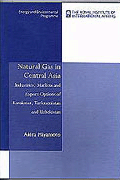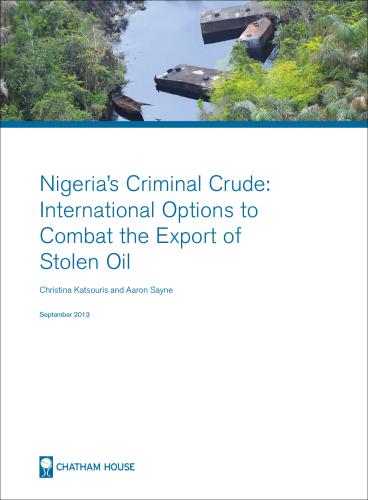For the past five years as part of their economic development strategies, 28 U.S. metro areas have been developing global trade and investment plans. These metro areas have devoted substantial energy and resources to this process, motivated by the conviction that global engagement will have a significant impact on their economies. But things often change once plans are released: The conviction that fuels the planning process doesn’t necessarily translate into the resources required to put these plans into action.
Instead, those left with the task of carrying out the plan’s tactics have to compete for funding. The competition may not be explicit, but export and foreign direct investment (FDI) strategies are new, and therefore ultimately bear the burden of proving that they deliver as much value as established economic development priorities like business attraction or regional marketing. Increasingly, the programs with impact most clearly demonstrated by quantitative performance metrics tend to win out. (Many of the metrics used in economic development are highly suspect, but that is a topic we will address later.)
While global trade and investment efforts are certainly not unique in being under pressure to quantify their impact, they are uniquely threatened by this expectation. The reason, quite simply, is that the basic data that cities need to produce reliable performance metrics for exports and FDI do not exist.
For the metro areas Brookings has worked with, performance measurement discussions boil down to two questions. First, how will they know whether focusing on exports and FDI is making a difference on overall regional outcomes? Second, how will they determine which tactics are most effectively contributing to these outcomes?
Efforts to answer the first question run into dead ends, because there is no accurate or comprehensive source of data at the metro level. Federal agencies produce almost all data on global economic activity, but they are not designed to measure what matters to metro areas. Federal export data, for example, track goods exports based on the port from which they are shipped overseas, which bears little relation to where exported goods are actually produced (the primary concern of metro areas). And federal sources provide no sub-state data on either services exports or FDI. This isn’t likely to change, as federal statistical agencies are experiencing cuts and are highly sensitive to burdening companies with mandatory reporting requirements. Brookings has partially filled these gaps, but its export data are estimates, not actual counts, and its metro FDI data only goes through 2011. Neither was intended to support annual performance measurement.
Answers to the second question are equally elusive. Evaluating the impact of programs that provide direct assistance to companies would require economic development organizations (EDOs) to gather their own data on a firm-by-firm basis. In some cases, this is theoretically possible—certain aspects of FDI can be closely tracked and firms in export assistance programs could be required to submit data. In practice, however, it’s usually impossible. Acquiring and managing such data is highly labor intensive and far beyond the research capacity of most EDOs. Metro areas have also found that some basic export data doesn’t exist because firms don’t track it themselves. And federal and state export assistance centers often can’t share data due to confidentiality concerns or stop tracking results after a company’s first export sale.
These data issues have been a continual source of frustration. But there’s a deeper issue at play: Even if the data that EDOs have been looking for (such as export value and job creation) were available, those metrics wouldn’t capture the true impact of export and FDI strategies at either the regional or firm level.
First, at the regional level, global economic activity is almost entirely driven by a few multinational firms, whereas metro strategies are rightly focused on the middle market firms whose ability to compete globally is more dependent on external investment and assistance. Second, global engagement can make firms more competitive without having obvious external effects. For instance, firms export to leverage existing workers and assets across larger global markets, so in the short-term they may become more efficient without adding jobs or making new investments. Being acquired by a foreign multinational might benefit a firm by exposing it to new expertise, technology, and export networks, but those outcomes often aren’t accompanied by a measurable uptick in jobs or investment either, at least initially.
These data issues threaten to curtail the early and ongoing momentum of global initiatives, because resources are limited and traditional approaches to economic development have established, if flawed, performance measurement systems. That’s problematic because global efforts support higher quality jobs, provide a source of economic diversification during domestic downturns, and support broader efforts to strengthen productive regional assets. After five years of experimentation, no clear solution has emerged. But in upcoming blog posts we’ll highlight how some places are adapting, and how the issues discussed here relate to more fundamental problems with the way that economic development policies and practices are evaluated.











Commentary
Performance measures prove elusive for metro global trade initiatives
April 21, 2016